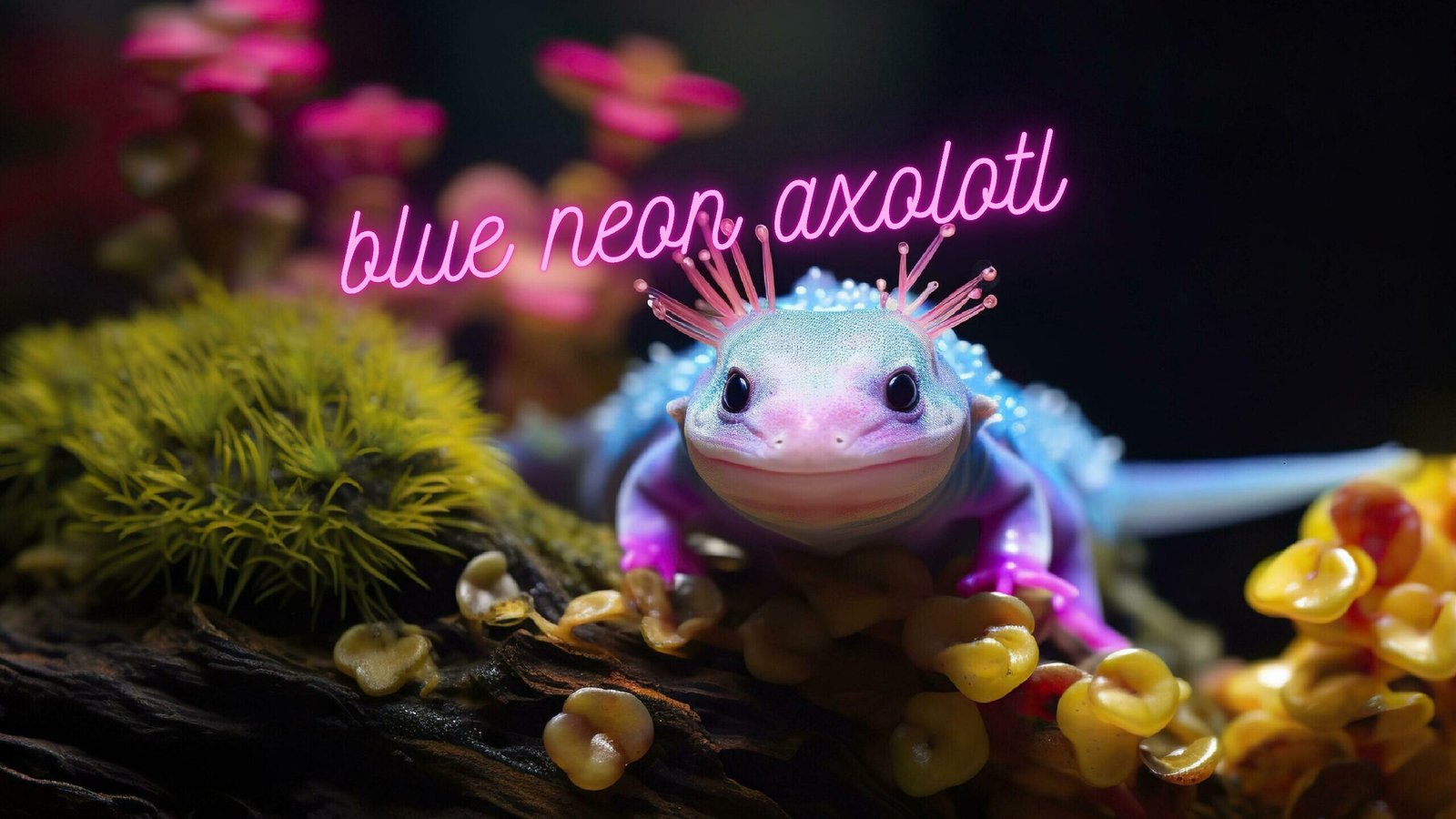Introduction
The axolotl, also known as the Mexican walking fish, is a fascinating amphibian native to the lakes of Mexico. Among its many color variations, the blue neon axolotl stands out as a particularly striking and rare specimen. With its vibrant blue hues and luminescent appearance, this creature captivates the hearts and imaginations of both scientists and aquarium enthusiasts.
The Enigmatic Axolotl
Axolotls are unique in the animal kingdom due to their ability to retain larval features throughout their entire lives, a condition known as neoteny. This means they retain their gills and aquatic lifestyle, unlike most amphibians that undergo metamorphosis to live on land. Their regenerative abilities are another extraordinary feature, allowing them to regrow limbs, spinal cord segments, and even parts of their hearts and brains.
The Allure of the Blue Neon Axolotl
The blue neon axolotl is a color morph that has been selectively bred for its distinctive and vibrant coloration. While wild axolotls are typically brown or black, blue neon axolotls exhibit a range of blue shades, from pale sky blue to deep cobalt, often with a neon-like glow under certain lighting conditions. This striking coloration is due to the presence of iridophores, specialized cells that reflect light.
Habitat and Care
Caring for a blue neon axolotl requires a well-maintained aquatic environment. They thrive in freshwater tanks with temperatures between 60-64°F (16-18°C) and require ample space to move around. The water should be kept clean and free from strong currents, as axolotls prefer still or slow-moving waters. They are carnivorous and enjoy a diet of worms, small fish, and specialized pellets.
Conservation Status
Axolotls, including the blue neon variant, are critically endangered in the wild due to habitat loss, pollution, and invasive species. Efforts are being made to preserve their natural habitats in Mexico and to breed them in captivity. Public awareness and conservation programs are crucial to ensure the survival of these unique creatures.
Conclusion
The blue neon axolotl is a testament to the wonders of natural and selective breeding, showcasing the beauty and diversity of the animal kingdom. Its vibrant colors and unique biological traits make it a beloved creature among scientists and hobbyists alike. By supporting conservation efforts and responsible pet ownership, we can help ensure that these mesmerizing creatures continue to thrive for generations to come.

